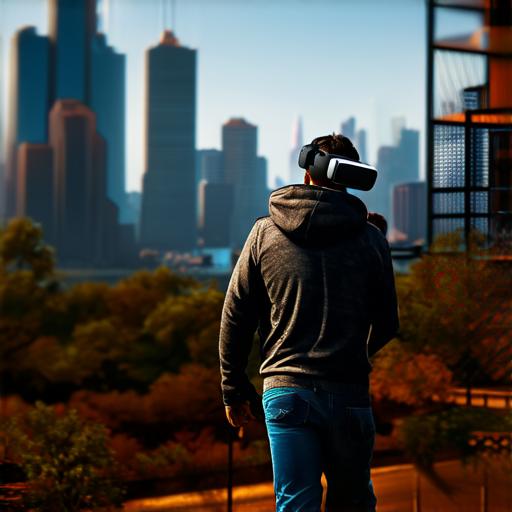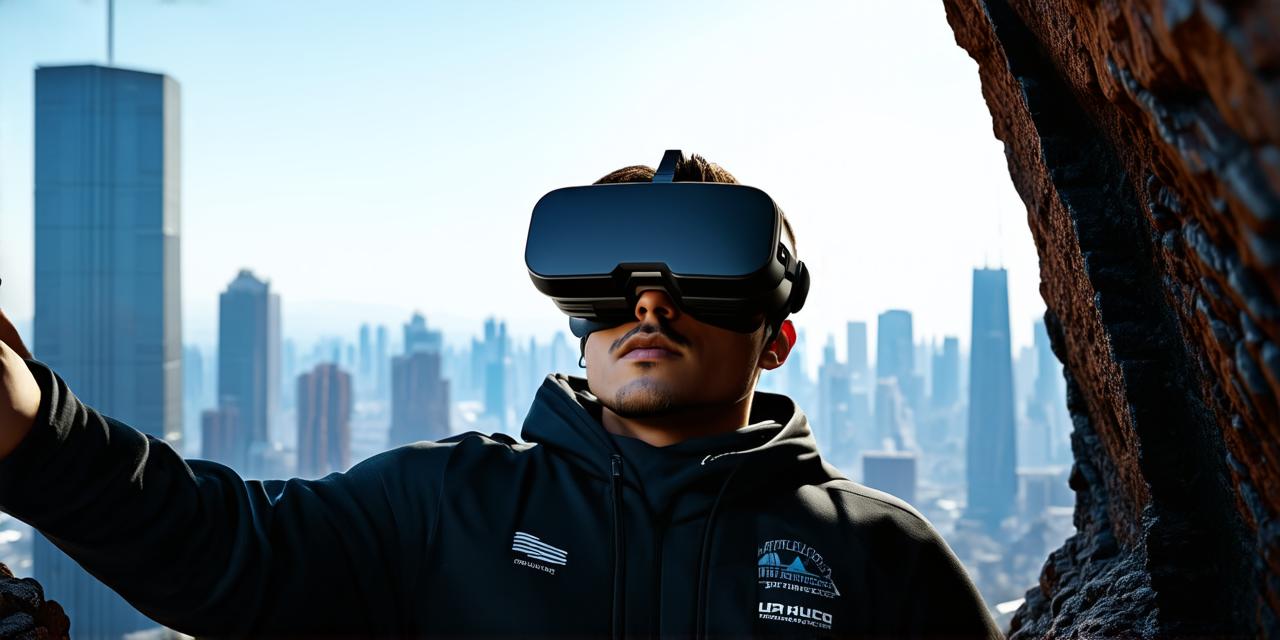As technology continues to evolve, virtual reality (VR) is becoming an increasingly popular tool for treating phobias and anxiety disorders. One such condition that could benefit greatly from VR therapy is acrophobia, a fear of heights.
Acrophobia affects millions of people worldwide, with estimates suggesting that up to 30% of the population will experience some form of fear or anxiety related to heights at some point in their lives. This condition can have a significant impact on an individual’s quality of life, making it difficult to travel, participate in certain activities, and even leave their homes.
Traditional treatments for acrophobia include cognitive-behavioral therapy (CBT), medication, and exposure therapy. While these methods can be effective, they often require a significant amount of time and effort on the part of both the patient and therapist. Additionally, exposure therapy can be particularly challenging for individuals who have severe acrophobia, as it may be difficult to find safe and controlled environments in which to expose them to their fears.
Virtual reality provides a unique solution to these challenges by offering immersive experiences that simulate real-life scenarios. By gradually exposing individuals to virtual heights, VR therapy can help them overcome their fears in a controlled environment that is both safe and effective.
One example of the use of VR in treating acrophobia is the “Virtual Heights” program developed by the University of Oxford. In this program, participants wear a VR headset and are exposed to virtual heights through a series of gradual exposures. The program has been shown to be highly effective in reducing anxiety and fear related to heights, with participants showing significant improvements in their symptoms after just 12 sessions.
Another example of the use of VR in treating acrophobia is the “Virtual Heights Exposure Therapy” (VHET) program developed by researchers at the University of California, Los Angeles. This program uses a similar approach to “Virtual Heights,” gradually exposing participants to virtual heights through a series of gradual exposures. The program has been shown to be highly effective in reducing anxiety and fear related to heights, with participants showing significant improvements in their symptoms after just eight sessions.
While VR therapy shows promise as a treatment for acrophobia, it is important to note that it should not be used as a replacement for traditional treatments. Rather, it should be used in conjunction with other therapies and treatments as part of a comprehensive approach to overcoming acrophobia.
In addition to its effectiveness in treating acrophobia, VR therapy offers several advantages over traditional treatments. For example, VR therapy can be more flexible and adaptable than traditional treatments, allowing individuals to tailor their experiences to their specific needs and preferences. Additionally, VR therapy can be more cost-effective than traditional treatments, as it does not require the services of a therapist or other medical professionals.
Despite its potential benefits, there are some concerns about the use of VR in treating acrophobia. For example, some individuals may experience motion sickness or other adverse effects when using VR technology. Additionally, the effectiveness of VR therapy may vary depending on the individual and their specific symptoms and needs.
In conclusion, virtual reality provides a unique and effective tool for treating acrophobia. By gradually exposing individuals to virtual heights, VR therapy can help them overcome their fears in a safe and controlled environment. While it should not be used as a replacement for traditional treatments for acrophobia, VR therapy offers several advantages over these methods and has the potential to revolutionize the way we approach the treatment of acrophobia.
FAQs:
1. Is VR therapy effective in treating acrophobia?
Yes, research shows that VR therapy can be highly effective in reducing anxiety and fear related to heights.
2. Can VR therapy replace traditional treatments for acrophobia?
No, VR therapy should not be used as a replacement for traditional treatments for acrophobia. Rather, it should be used in conjunction with other therapies and treatments as part of a comprehensive approach to overcoming the condition.

3. What are some potential drawbacks of using VR in treating acrophobia?
Some individuals may experience motion sickness or other adverse effects when using VR technology. Additionally, the effectiveness of VR therapy may vary depending on the individual and their specific symptoms and needs.
